FID Gas Detection
FID hydrocarbon gas detectors offer precise, rapid detection of hydrocarbon leaks at very low concentration levels. Ideal for environmental, industrial, and safety applications.
Find out more about FID Gas Detection below.

- Suitable for use with hydrogen-filling panels
- Accurate pressure control
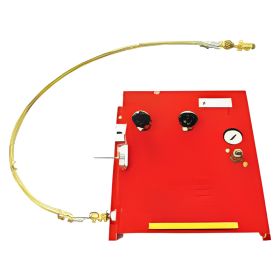
- Safely refill the hydrogen cylinder
- Two gas connections
- Front-mounted pressure dial
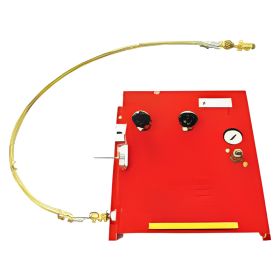
- Safely refill the hydrogen cylinder
- Two gas connections
- Front-mounted pressure dial
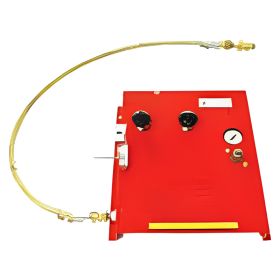
- Safely refill the hydrogen cylinder
- Two gas connections
- Front-mounted pressure dial
- EU DIN1, EU CGA 350, or a US CGA 350 attachments
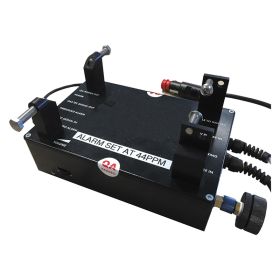
- Compatible with the Gas-Tec MK5
- Suitable for 1 - 5 units
- Mobile system

- Compatible with the Gas-Tec MK4
- Suitable for 1 - 5 units
- Mobile system
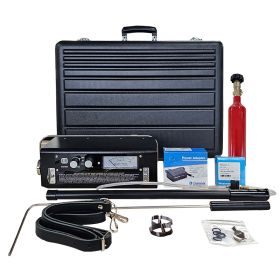
- Ranges: 0-1000ppm and 0-10 000ppm
- Geiger-counter-style click
- Available with a 100ml or 400ml refillable hydrogen cylinder
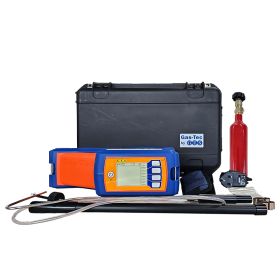
- FID sensor
- GPS, data and event logging
- Hydrocarbon/methane range: 1 to 10 000ppm
About FID Hydrocarbon Gas Detectors
PASS are experts in FID Flame Ionisation Detection (FID) from GES, let us answer any questions you may have.
What is a FID Hydrocarbon Gas Detector?
FID hydrocarbon gas detectors are precision instruments designed to accurately measure hydrocarbon gases at very low concentration levels.
How does a FID Hydrocarbon Gas Detector work?
Employing Flame Ionisation Detection (FID) technology, these detectors introduce a sample gas into a hydrogen-air flame, where organic compounds within the sample undergo ionisation during combustion. The resulting ion current is amplified and measured, providing a signal directly proportional to the hydrocarbon concentration.
FID hydrocarbon gas detectors excel due to their exceptional sensitivity, enabling the detection of hydrocarbons at parts per million (ppm) levels. This makes them invaluable for pinpointing even minor leaks. They also offer a wide linear range, ensuring precise measurements across a broad spectrum of hydrocarbon concentrations. Furthermore, these detectors provide rapid response times, facilitating timely detection of hydrocarbon fluctuations. Thanks to their versatility, they can be used with a wide array of hydrocarbon compounds.
Who uses a FID Hydrocarbon Gas Detector?
These detectors find critical applications in landfill gas surface emmision surveys and environmental monitoring, where they are used to detect hydrocarbon leaks from underground storage tanks, pipelines, and industrial facilities. In the realm of process control, they contribute to maintaining optimal hydrocarbon feedstock composition and product quality within industrial processes. Additionally, they play a vital role in safety systems by monitoring for hazardous hydrocarbon levels in workplace environments. Through the utilisation of FID technology, FID hydrocarbon gas detectors are crucial for safeguarding both the environment and human health, as well as optimising industrial operations.
How does a FID detect methane emissions in landfill?
Methane detection in landfills involves a systematic approach using a combination of desk studies, walkover surveys, and portable gas detectors. Initially, the landfill cap is mapped, and a walkover survey is conducted to identify areas with high methane emissions. A flame ionisation detector (FID), a sensitive handheld hydrocarbon gas detector, is commonly used to scan the air close to the surface and detect methane concentrations.
The walkover survey provides a semi-quantitative ranking of emissions, helping to identify faults in the gas management system. These faults should be remediated, and the site should be resurveyed to detect any remaining issues.
The FID is a portable instrument capable of measuring methane concentrations over a wide range (generally, up to 10,000ppm). Although it responds to multiple hydrocarbon gases, it is considered a reliable tool for monitoring methane emissions due to its high presence in landfill gas. The FID's key advantage is its ability to detect changes in concentration with precision rather than providing absolute accuracy. It should have a linear response over its range for effective monitoring.


